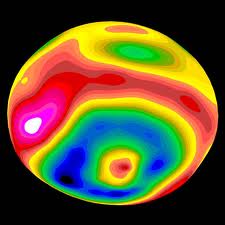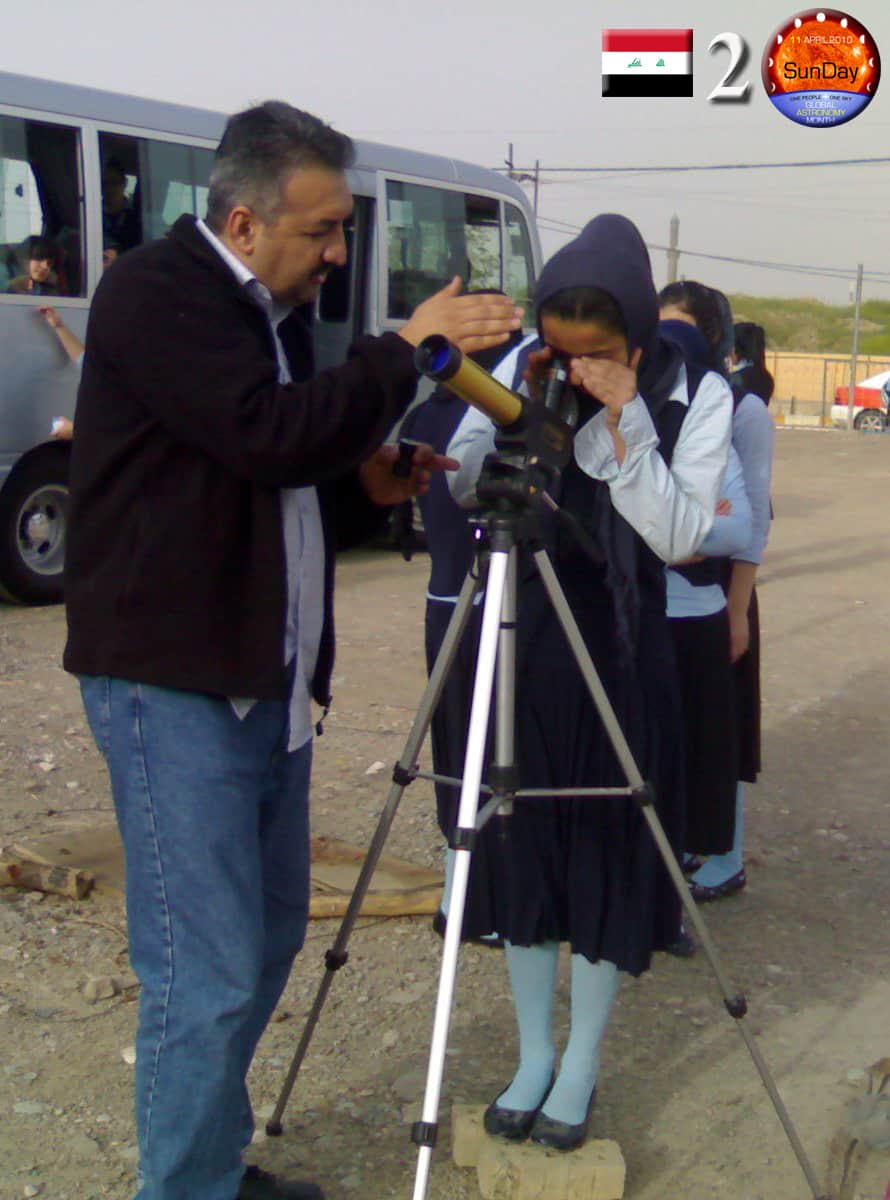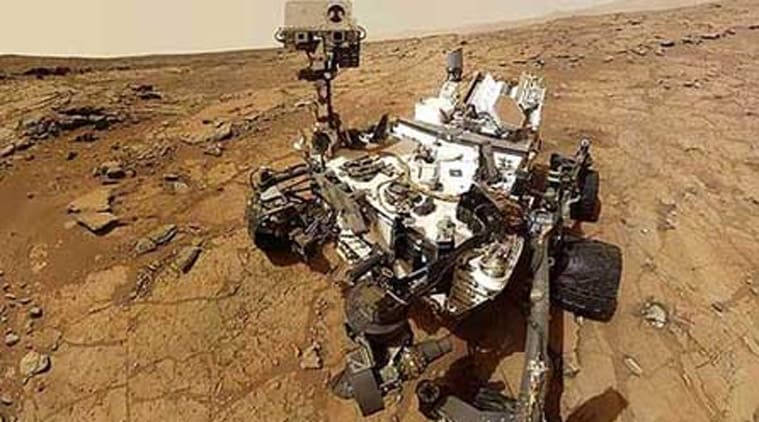
 Closeups of Saturn’s Moon Rhea Show Unprecedented Detail –
Closeups of Saturn’s Moon Rhea Show Unprecedented Detail –
Newly released by NASA, images of Saturn’s second largest moon Rhea obtained by the Cassini spacecraft show dramatic views of fractures cutting through craters on the moon’s surface, revealing a history of tectonic rumbling.
During a flyby In March 2010, the Cassini craft made its closest approach to Rhea’s surface so far, swooping within 62 miles. An even closer flyby is planned on January 11, 2011, when Cassini will take images just 47 miles above the icy, cratered surface. “These will be by far the best images we’ve ever had of Rhea’s surface—details down to just a few meters will become recognizable,” said Thomas Roatsch, a Cassini imaging team scientist based at the German Aerospace Center Institute of Planetary Research in Berlin.
Images from the March 2010 flyby show bright, “wispy” fractures resembling some that were first spotted on another part of Rhea by the two Voyager spacecraft in 1980 and 1981. At that time, scientists thought the wispy markings on the trailing hemispheres—the sides of moons that face backward in their orbit around a planet—of Rhea and the neighboring moon Dione were possible cryovolcanic deposits, or the residue of icy material erupting. The low resolution of Voyager images prevented a closer inspection of these regions at that time. Since July 2004, Cassini’s imaging cameras have captured pictures of the trailing hemispheres of both satellites several times at much higher resolution. The images have shown that the wispy markings are actually exposures of bright ice along the steep walls of long scarps, or lines of cliffs, indicating that tectonic activity rather than cryovolcanism produced the features.
A mosaic of the March flyby images shows bright, icy fractures cutting across the surface of the moon, sometimes at right angles to each other. A false-color view of the entire disk of the moon’s Saturn-facing side reveals a slightly bluer area, likely related to different surface compositions or to different sizes and fine-scale textures of the grains making up the moon’s icy soil.
“These recent, high-resolution Cassini images help us put Saturn’s moon in the context of the moons’ geological family tree,” said Paul Helfenstein, Cassini imaging team associate, based at Cornell University, Ithaca, N.Y. “Since NASA’s Voyager mission visited Saturn, scientists have thought of Rhea and Dione as close cousins, with some differences in size and density. The new images show us they’re more like fraternal twins, where the resemblance is more than skin deep. This probably comes from their nearness to each other in orbit.”
The new images have also helped to enhance maps of Rhea, including the first cartographic atlas of features on the moon complete with names approved by the International Astronomical Union. Thanks to a recent mission extension, Cassini will continue to chart the terrain of this and other Saturnian moons with ever-improving resolution, especially for terrain at high northern latitudes, until 2017.
The images can be found online at:
http://www.nasa.gov/cassini
http://saturn.jpl.nasa.gov
http://ciclops.org
You can contact Bob Eklund at [email protected], or visit his websites at www.bobeklund.com and http://firststarbook.com.





Be the first to comment